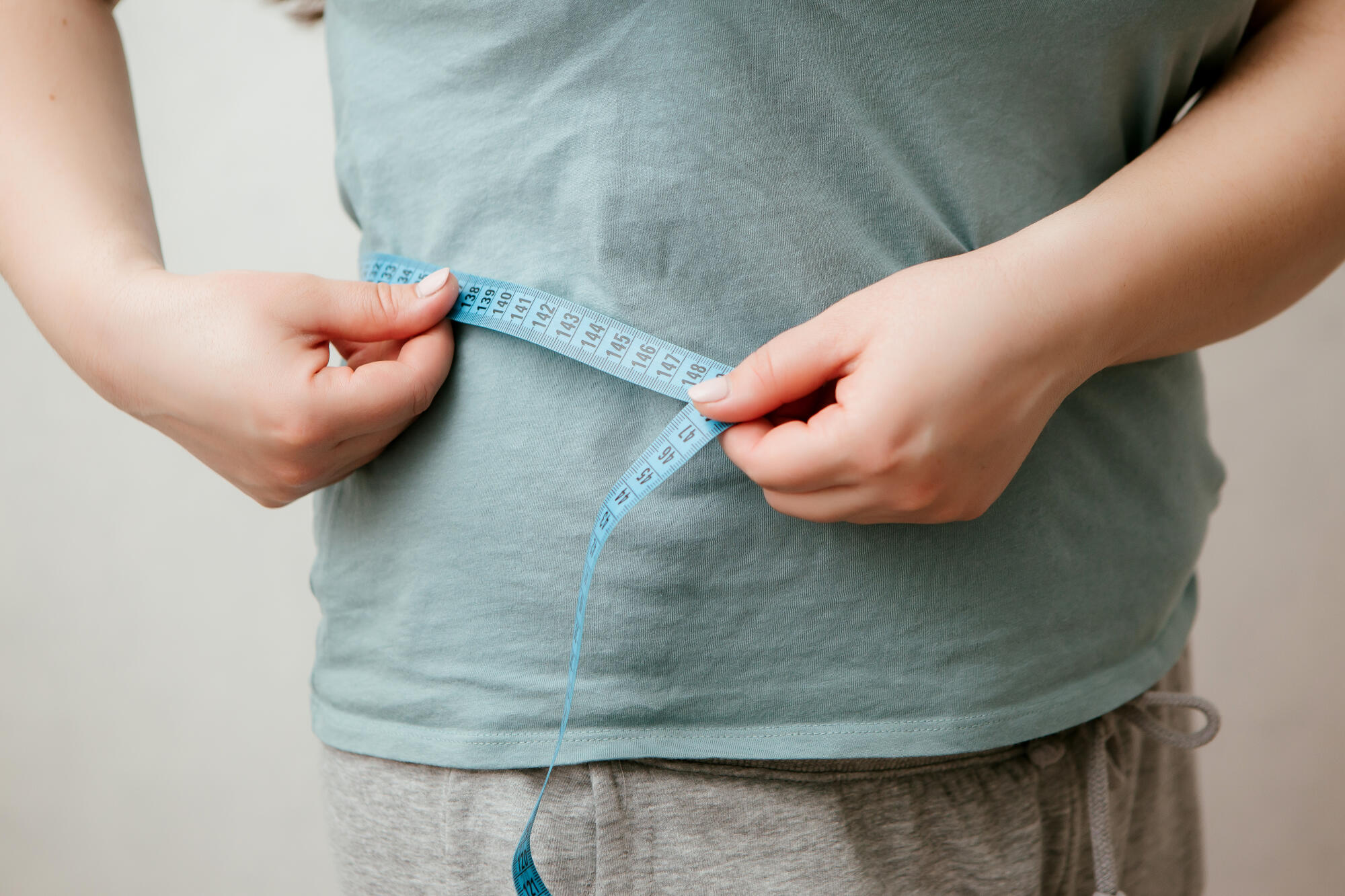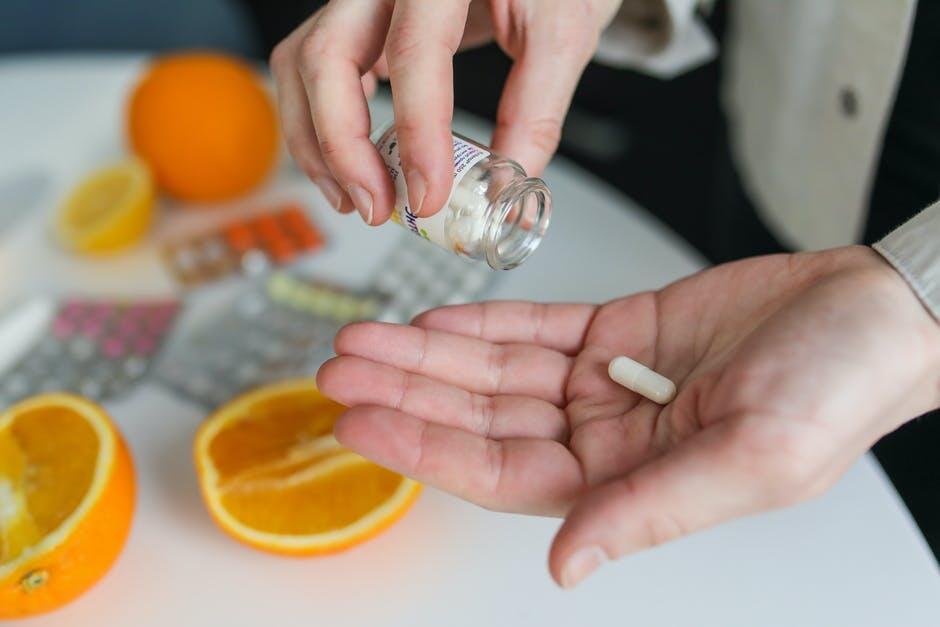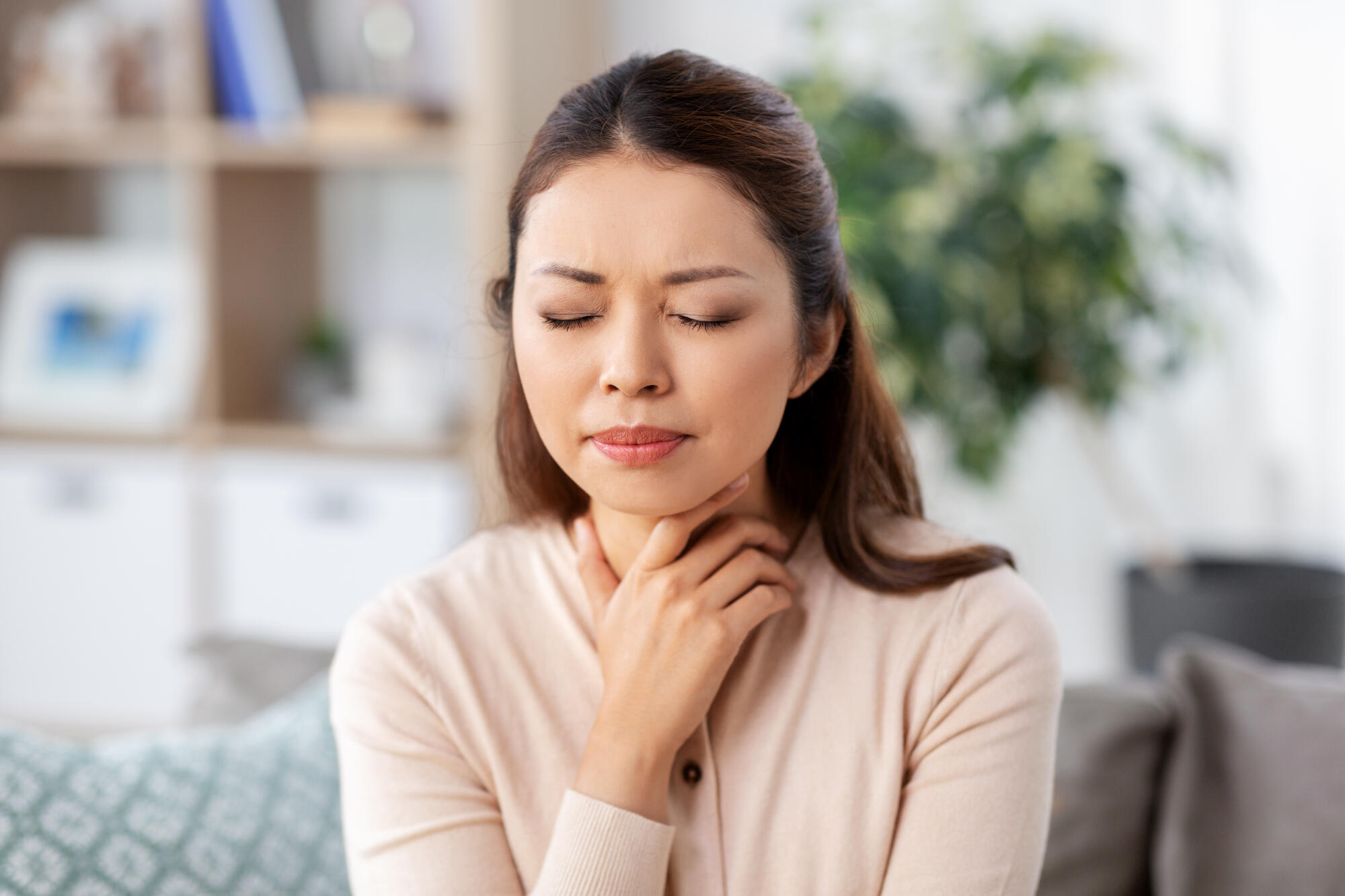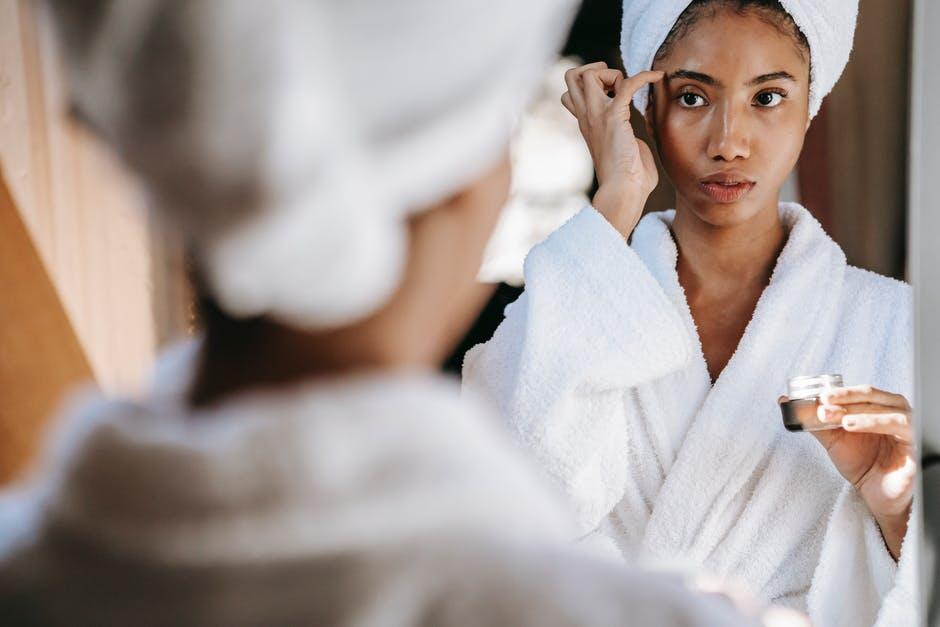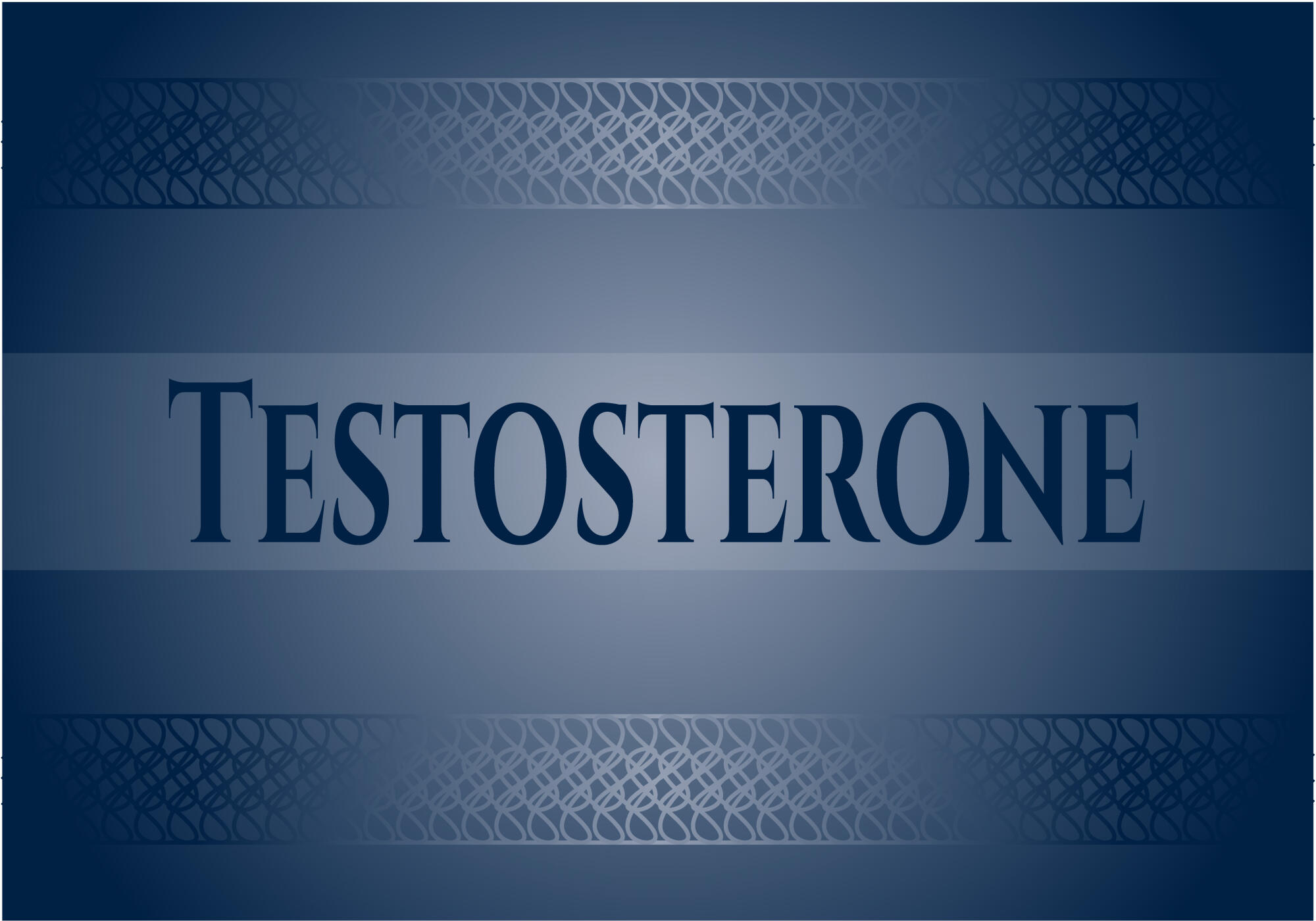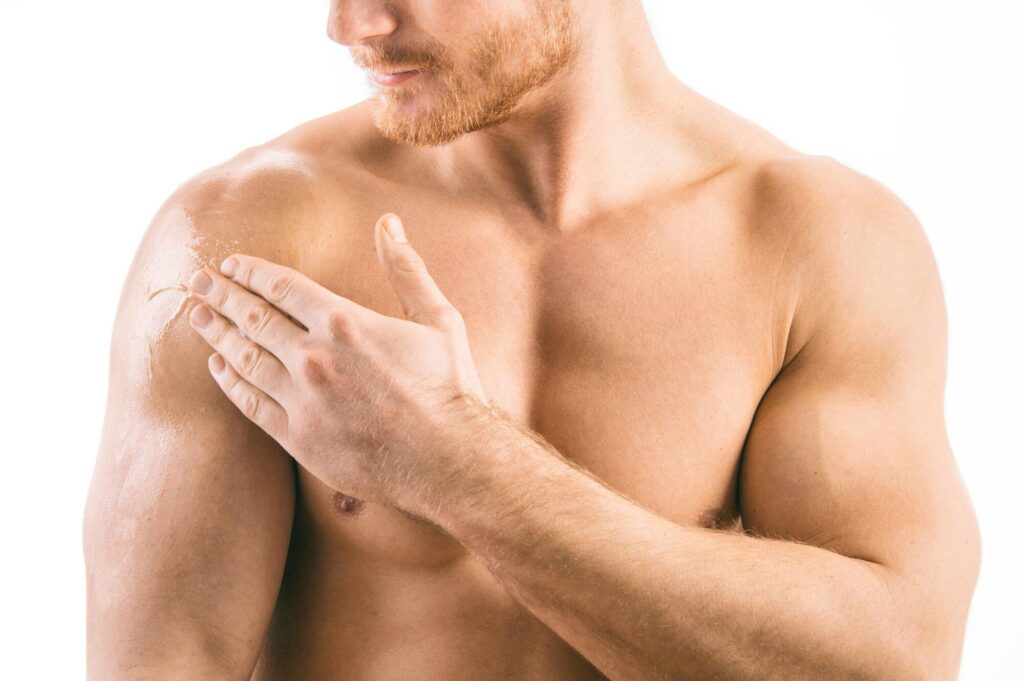
Have you been hitting the gym lately, only to discover that you’re not bulking up like you thought you would? Sometimes, working out and lifting weights isn’t enough to give you the results you want to achieve.
If you’re finding it difficult to build muscle mass, the culprit might not be a lack of exercise. It could be your testosterone levels. Testosterone replacement therapy (TRT) can balance those levels, helping you feel stronger, younger, and more vigorous, especially as you age.
Not sure if it’s right for you? Today, we’re sharing TRT before and after results you can expect when you begin this treatment.
What Is Testosterone?
Before we dive into how TRT can lead to benefits like bigger muscles and a stronger sex drive, let’s take a step back and explore the role of testosterone and how it affects your body.
Put simply, testosterone is a reproductive hormone produced mostly in a man’s testicles. It’s responsible for regulating many factors that affect your physical, physiological, and emotional wellness, including:
- Fat distribution
- Bone density
- Muscle mass
- Muscle strength
- Body and facial hair
- Sex drive
- Red blood cell production
- Sperm production
Testosterone levels normally peak during adolescence and early adulthood, and begin to decline as men get older. After age 30, they drop by around 1% each year.
For most men, this is a natural part of the aging process; however, it could signal the sign of a more serious condition called hypogonadism. This is a disease that affects a man’s testicles or the pituitary gland that controls them, limiting the body’s ability to create normal amounts of testosterone.
Whether age-related or attributed to hypogonadism, low testosterone can affect every part of your well-being. Not only does building muscle become more difficult, but you might also notice that you’re less interested in intimacy than you once were, or that your body composition is starting to change.
A few of the most common age-related changes related to declining testosterone levels include:
- Physical changes: Increased body fat, swollen/tender breasts, reduced muscle bulk, decreased bone density, body hair loss
- Sexual changes: Reduced sexual desire, fewer spontaneous erections, reduced fertility
- Emotional changes: Less confidence and motivation, feelings of anxiety and depression, difficulty concentrating
Your physician can conduct a blood test to determine if these issues are directly related to decreased testosterone. Sometimes, other health factors can trigger similar effects, such as:
- Thyroid problems
- Depression
- Diabetes
- Side effects of some medications
- Obstructive sleep apnea
Before pursuing therapies designed to increase testosterone levels, it’s important to rule out other issues that might be occurring. Sometimes, these conditions can happen alongside waning hormones, which TRT may help.
Low Testosterone and Muscle Development
TRT can help reverse some side effects associated with low levels of testosterone hormone. One of the biggest reasons why people pursue this treatment is to increase their muscle mass, especially if they aren’t seeing progress at the gym.
It’s important to note that while testosterone does play an important role in protein synthesis and muscle growth, low levels of this hormone aren’t the only reason why you might find it hard to reach your fitness goals. Let’s review a few other factors that can apply.
Exercise
Take a close look at your strength training program. Is it designed to work all of your core muscle areas? You may need to work with an expert who can custom-design your plan, making sure it contains a variety of compound exercises to help you make gains.
Genetics
Your muscles might simply grow at a slower rate due to your genetic makeup. For example, if your father found it hard to get ripped, it might not come as easily to you. This doesn’t mean all hope is lost, but you may need to pursue additional treatments and therapies to help you get there.
Diet
Especially when you’re looking for muscle growth help, what you put into your body is just as important as how much you exert it. Make sure you’re eating a balanced diet filled with whole foods and lean proteins, monitoring your caloric intake to make sure it’s adequate for your needs.
It’s especially important to monitor your protein intake, as this nutrient is essential for muscle growth and repair!
Rest/Recovery
You may be tempted to go hard at the gym every single day. However, keep in mind that your muscles grow and develop best during your rest and recovery periods. Be sure to allocate a few days each week for them to repair themselves.
Different Kinds of Testosterone Replacement Therapy
There are many different forms of TRT. All of them are designed to balance the levels of testosterone within your body. Let’s take a look at some of the most common ones.
Gels and Creams
Gels and creams are a kind of topical form of TRT. Most of the time, the gel is clear and comes in a small packet. You can apply the gel to your skin once a day, and it will absorb directly into your body.
In addition, you can also find pumps of testosterone gel. Your physician can customize the pump to distribute exactly the amount of gel you need each day. While most gel absorbs into your skin, some types are designed to be applied to the inside of your nose.
Skin Patch
Similar to the gel, a testosterone skin path is meant to be applied topically. You’ll usually apply these to your arm or upper body, changing out your patch every day.
Mouth Patch
Mouth patches distribute a continuous dose of testosterone throughout your body. These are usually distributed as tablets that adhere to your upper gums. You’ll swap out the tablet twice a day, and the hormones will enter your blood through your oral tissues.
Injections
For a more direct route, you can also inject testosterone right into your muscles. This allows the hormone to enter your bloodstream, where your body can slowly absorb it.
Implants
Some people prefer to add testosterone implants instead of injections. In this form, the hormone is created into a small pellet, which a physician can surgically implant into your soft tissue.
The other methods described above allow the hormone to enter your body without passing through your liver first. Instead, it goes directly into your bloodstream and can take effect from there.
TRT Before and After: Benefits to Know
What can you expect when you undergo TRT? Here are some of the top benefits that many patients experience.
Before: Slow Muscle Growth
If you’ve started to lose muscle mass due to age or a health condition, you might find it more difficult to build muscle. Even if you work out regularly, your muscle growth might be slower than you’d like. While your physician can rule out other factors, this is often linked to a low level of testosterone in your body.
After: Bigger Muscles and Improved Muscle Mass
With TRT, you may find that it’s easier to build muscle. To achieve your desired results, you’ll work closely with your physician to determine the exact amount of hormones that you need.
The necessary amount of testosterone required for muscle growth can vary among individuals, influenced by factors such as:
- Age
- Genetics
- Overall health
Most of the time, TRT doses will range from 50 mg on the lower end to 400 mg on the higher end. You’ll usually receive a dose every two to four weeks, although this can vary.
Most men experience quick results, especially during their first year of therapy. As long as you pair your TRT with proper training, you should be able to achieve noticeable muscle gains around the three-month mark.
If you’re looking to bulk up and make progress at the gym, TRT can help you get there by enhancing your natural muscle growth and strength. However, not everyone responds to this therapy in the same way. The extent of your results will hinge on a few different elements, such as how often you train, your general health, and how your body responds to the hormones.
Before: Low Energy Levels
Do you feel sluggish for the majority of the day? Low energy and persistent fatigue are signs of low testosterone in men, though other issues can cause this reaction, too.
Some of the reasons you might have low energy include:
- Poor diet
- Lack of exercise
- Lack of quality sleep
- Depression
- Certain health conditions (e.g. anemia, thyroid disorder)
If your physician determines that your testosterone levels are impacting your energy, TRT may help.
After: More Energy
When your testosterone hormone is balanced within your body, you should notice that your energy levels naturally restore, too. Not only does this make it easier to complete your work and everyday tasks, but when you feel better, your mood also improves.
As a result of this increase in energy, you might find it easier to sleep at night. If you’ve grown accustomed to a mid-day slump that seems to last all evening, TRT could make a difference.
Before: Low Sex Drive
One of the first signs of low testosterone that many men notice is a dip in their libido or sexual performance. This is because testosterone is one of the reproductive hormones that naturally stimulates the male sex drive. It’s also responsible for stimulating sperm production.
In addition, other common factors that can negatively affect libido include:
- Chronic illness
- Anxiety and depression
- Low self-esteem
- Sleep issues
- Some health conditions (e.g. restless leg syndrome, depression)
- Elevated stress levels
- Alcohol and drug use
If you suffer from other symptoms of low testosterone, there might be a link between your hormone levels and inactivity in the bedroom. This is especially true if your hormones are causing you to feel fatigued or sluggish, which can also decrease your interest in sexual activity.
After: Greater Libido and Desire
Many men report an increase in their sexual desire and performance after undergoing TRT. As your sex drive improves, you should become interested in intimacy with your partner on a more frequent basis.
In addition, TRT may also be able to help with some of the other sex-related side effects of low testosterone, such as:
- Difficulty achieving and maintaining an erection
- Shorter and less enjoyable orgasms
- Reduced energy to engage in sex
Many of these conditions are also associated with ED. While TRT isn’t proven to reverse the effects of ED, some men find that it helps to mitigate the condition’s most common symptoms. If you’ve tried other treatments for low testosterone or ED and are still experiencing symptoms, it’s worth asking your physician if TRT could work for you.
Safety and Side Effects
If you’re thinking about pursuing TRT, it’s important to do so under the guidance of a trained medical professional. It’s also smart to be aware of the potential risks and side effects that can occur. This type of therapy can be very safe as long as it’s properly prescribed, dosed, and monitored.
Some of the side effects that individuals report when undergoing TRT include:
- Irritability and mood swings
- Difficulty concentrating
- Breast changes
- Acne and skin irritations
- Reduced sperm count
- Weight gain
In addition, TRT can also stimulate an abnormal level of red blood cell production, which can increase an individual’s risk of forming a blood clot. While risks like these are serious, their likelihood is minimal as long as you ensure proper medical supervision throughout the duration of your treatment.
Should You Pursue TRT?
Are you interested in learning more about testosterone replacement therapy? If you’ve grown frustrated with a lack of progress at the gym, low testosterone could be behind your lack of strength, low muscle mass, and slow muscle growth. These are only a few of the TRT before and after effects you can expect!
At Evolve, we offer a range of different hormone and peptide therapies designed to help men and women look and feel their best. With our personalized treatments, you can optimize and balance your hormone levels, enriching your quality of life. To learn more or schedule an appointment, get in touch with our team today!






